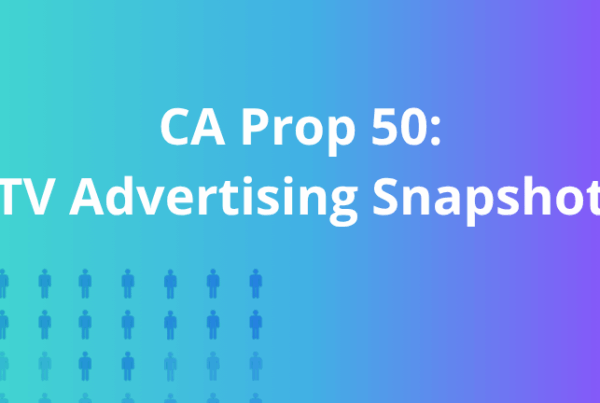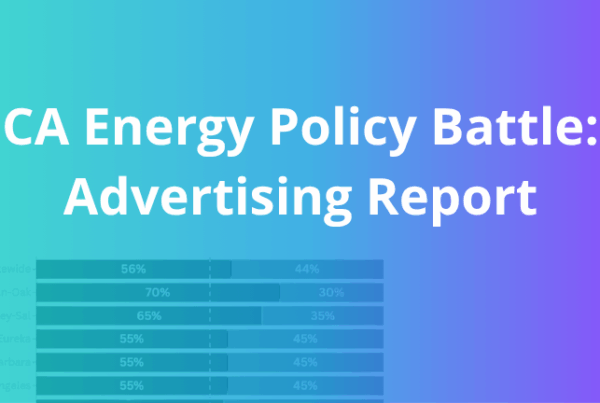We are excited to introduce our new Issue-Based TV Measurement reports – designed to offer the same level of insight as our election-based competitive TV reports, but focused on any policy issue you care about.
With a quick glance, understand what is being said about an issue, who is saying it, and who is listening. Let’s take the Big Beautiful Bill (BBB) for example:
Who were the major advertisers, and where did they advertise?
Several groups aimed to shape public opinion nationwide and drive influence in DC. Here are three key players:
- Coalition to Strengthen America’s Healthcare (CSAH) – ran a substantial national buy alongside a deluge of ads in the DC market opposing the BBB’s cuts to Medicaid. [Video Ad]
- Americans for Prosperity (AFP) – opted for a DC-focused TV buy supporting the bill and touting its economic benefits. [Video Ad]
- Securing American Greatness (SAG) – ran a full-fledged national campaign supporting the bill, thanking cooperative legislators and attacking dissenting legislators in their home markets. [Support Ad] / [Attack Ad]

How did linear TV perform in DC?
Across all advertisers, CSAH led in overall reach by hitting 43% of all DC households, consistent with their heavier spend in the market.

How did broadcast and cable drive reach?
Opting to buy broadcast provided a lift in reach beyond that of cable. CSAH saw 26% reach exclusively from broadcast. Meanwhile, AFP and SAG opted to buy little to no broadcast and reached fewer households in DC.

Did linear TV actually reach Congressional and White House staff?
Not as effectively as it reached the general public. Each advertiser reached a smaller share of Congressional and White House staff than DC households overall.






